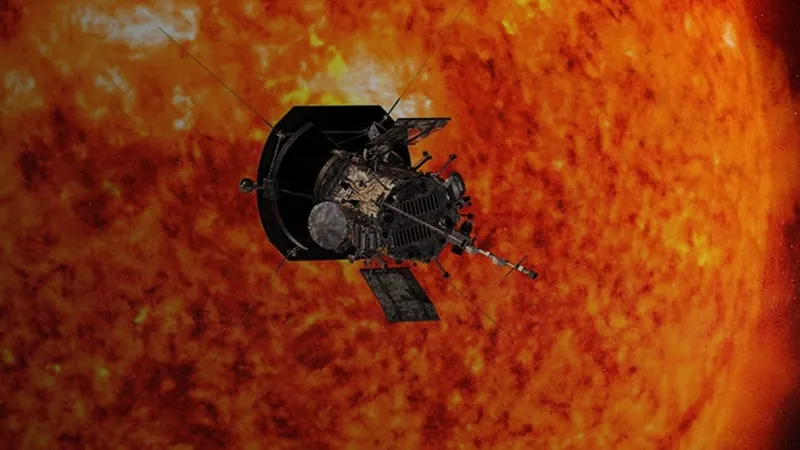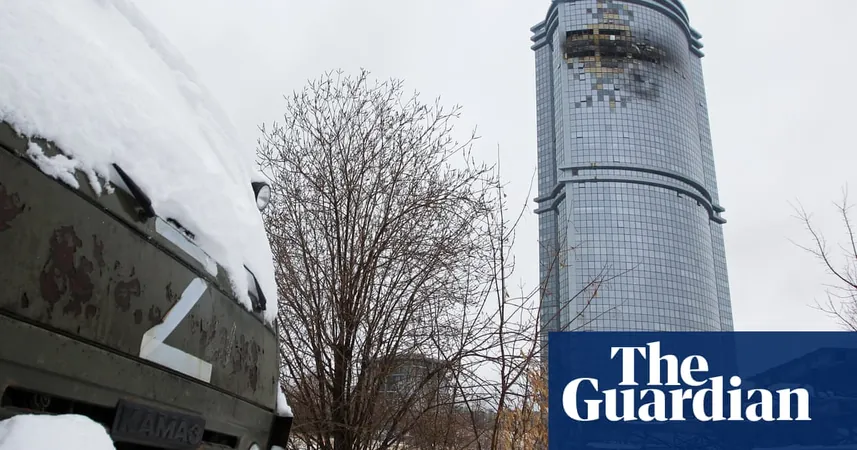
Can Wild Game Meat Donations Combat Food Insecurity and Curb Wildlife Overpopulation? Experts Think So!
2024-12-09
Author: William
Overview
In a groundbreaking Viewpoint published in the journal BioScience, researchers from Michigan State University led by David S. Mason and Mark E. Bell propose a compelling solution to tackle food insecurity and the challenges posed by overpopulated wildlife through the expansion of wild-harvested meat donation programs.
Dual Purpose of Donation Programs
The researchers argue these donation programs could serve a dual purpose: providing a sustainable source of nutritious protein to those in desperate need while also alleviating the environmental impacts and safety hazards associated with excessive populations of white-tailed deer and other overabundant species. Currently, only about 3% to 4% of hunters participate in these programs, but the potential for impact is enormous. In fact, wild-harvested game donations from at least 48 programs across the United States yield approximately 860 metric tons of meat each year—enough for over 10 million meals!
Case Study: Michigan
Taking Michigan as a case study, the research highlights that in the 2022–2023 period, the Michigan Sportsmen Against Hunger program provided an impressive 600,000 meals from venison. However, this figure represents only a mere 5.7% of the total venison that food donation facilities could potentially utilize, according to the Food Bank Council of Michigan. This realization underscores a significant opportunity to scale up these initiatives.
Challenges to Expansion
Nevertheless, several challenges hinder the expansion of these programs. Economic constraints, declining numbers of individuals participating in hunting, limited processing facilities, and a lack of awareness about donation options all play a role. To overcome these barriers, the researchers recommend six strategic actions, which include exploring new funding models, developing evidence-based best practices, and streamlining the donation processes for easier participation.
Mitigating Safety Hazards
Furthermore, the authors point out that promoting game meat donations and hunting could also help mitigate safety hazards stemming from historically elevated deer populations. The hyperabundance of white-tailed deer leads to an increase in vehicle collisions, crop damage, and adverse environmental impacts. Alarmingly, deer-vehicle collisions alone contribute to an estimated $10 billion in damages, resulting in 59,000 injuries and 440 fatalities each year in the United States.
Alignment with Sustainable Development Goals
Expanding these game meat donation programs could align with several United Nations Sustainable Development Goals, notably Zero Hunger and Good Health and Well-Being, while simultaneously benefiting biodiversity and supporting sustainable community practices.
Proposed Approaches for Realization
To realize this vision, the researchers propose multiple approaches. These include increasing government culls, encouraging voluntary participation in wild-harvested meat donation programs, liberalizing hunting seasons with higher harvest limits, establishing well-funded food donation initiatives, and considering regulated commercial harvesting.
Conclusion
By embracing these strategies, we could potentially create a more sustainable food system and a healthier ecosystem, all while addressing pressing social issues. Will the call for action be heeded? The future of food security and wildlife management may very well depend on it!









 Brasil (PT)
Brasil (PT)
 Canada (EN)
Canada (EN)
 Chile (ES)
Chile (ES)
 España (ES)
España (ES)
 France (FR)
France (FR)
 Hong Kong (EN)
Hong Kong (EN)
 Italia (IT)
Italia (IT)
 日本 (JA)
日本 (JA)
 Magyarország (HU)
Magyarország (HU)
 Norge (NO)
Norge (NO)
 Polska (PL)
Polska (PL)
 Schweiz (DE)
Schweiz (DE)
 Singapore (EN)
Singapore (EN)
 Sverige (SV)
Sverige (SV)
 Suomi (FI)
Suomi (FI)
 Türkiye (TR)
Türkiye (TR)